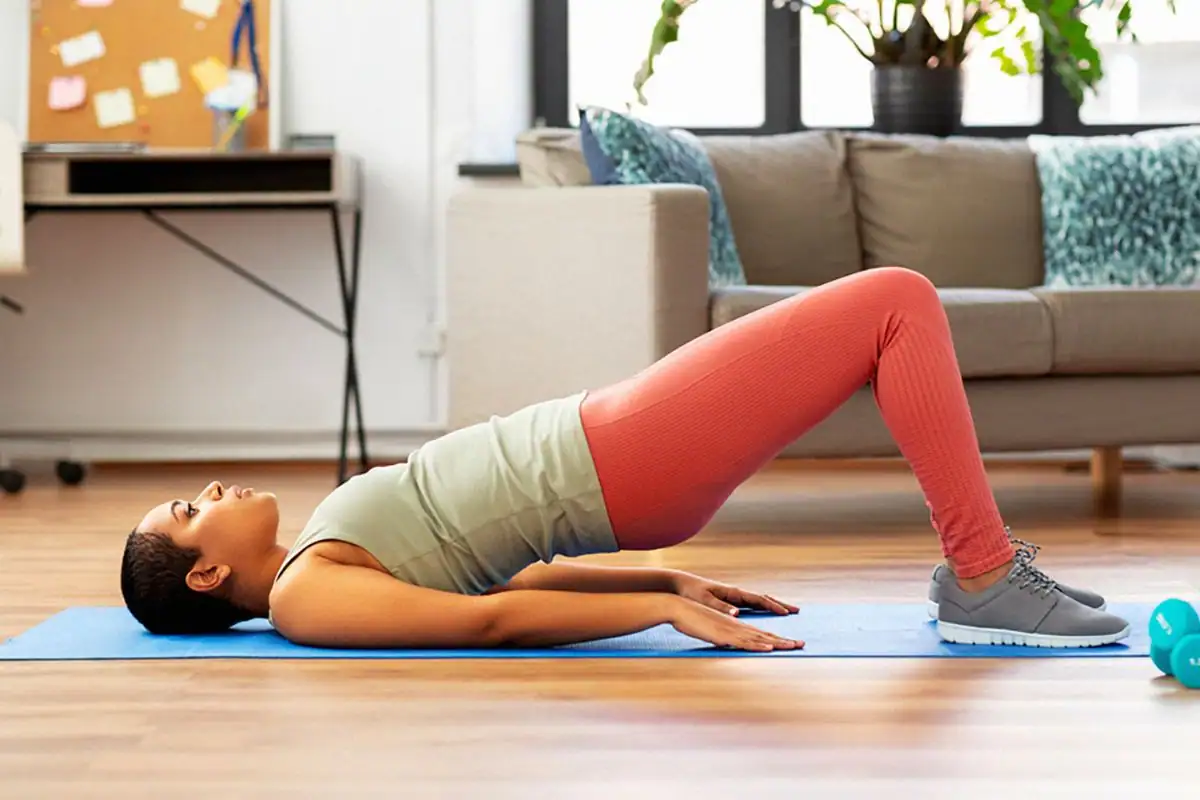Advertisement
Overcoming Fecal Incontinence: Proven Treatments That Work
Updated: Nov 7, 2024
Advertisement
Fecal incontinence is undeniably one of the most distressing and sensitive health issues. While most of us take control over bodily functions for granted, this condition deprives individuals of that ability, affecting both bowel movements and gas release. It’s easy to see how this could be incredibly challenging to live with. Though severity varies, some estimates suggest that as many as 1 in 25 Americans experience some degree of fecal incontinence, with nearly a third of those affected being over 65 years old. Let’s explore the treatments available to manage this condition.
Adult Diapers for Protection
One of the easiest and most common solutions is adult diapers. While they don’t treat fecal incontinence, they do provide a level of protection by preventing clothing and skin from soiling. For milder cases, adult diapers or absorbent pads offer discreet and manageable protection, and they’re often used in residential facilities where many residents are affected by incontinence. Nursing staff rely on these aids to help maintain cleanliness and comfort for residents.
Advertisement
Medications: Prescription and Over-the-Counter
Medications can sometimes help manage fecal incontinence, especially if it’s related to diarrhea or constipation. Mild cases may be manageable with over-the-counter remedies from a local pharmacy. However, for more serious, persistent cases, a doctor’s consultation is essential. After a thorough checkup, the doctor may prescribe medications tailored to the specific cause of incontinence, whether due to loose stools or constipation. Addressing these symptoms effectively often requires finding the right type of medication and dosage.
Advertisement
Adjustments in Diet
For those with milder symptoms, dietary adjustments can make a significant difference. Many people are aware that simple foods like bananas or white rice can ease diarrhea, and similar adjustments may help manage fecal incontinence. In cases where symptoms are more severe, consulting a doctor or dietician can help identify which foods may be contributing to the issue. These professionals are trained to recommend dietary changes that can support better bowel control, helping the body’s natural functions stabilize over time.
Advertisement
Pelvic Muscle Exercises
Specific exercises, often known as Kegel exercises, can strengthen the muscles around the anus and pelvis, potentially improving continence control. The effectiveness of these exercises depends on the nature and severity of the incontinence. Doctors can advise whether a patient might benefit from an exercise regimen and provide guidance on performing the exercises correctly. Some patients also undergo biofeedback therapy, which helps them learn the proper techniques and frequency for these exercises.
Advertisement
Bowel Movement Training
Contrary to what some might assume, medication or surgery isn’t always required to regain control over bowel movements. Some patients can manage their incontinence through self-training. This process involves creating a consistent schedule to prompt bowel movements, often aiming to go after a meal. While it takes patience and persistence, many find this training brings gradual relief. It can take several months, but with dedication, it’s possible to establish a routine that helps manage symptoms.
Advertisement
Vaginal Balloon for Women
Due to biological differences, some treatments are specific to women, especially those who have had children. A vaginal balloon is sometimes used in these cases. This small device, inserted by a doctor, applies gentle pressure to the rectal wall to prevent stool from passing involuntarily. The balloon’s size is adjustable for comfort, and for some women, this simple solution provides meaningful relief.
Advertisement
Secca Procedure for Childbirth-Related Incontinence
This surgical procedure is specifically designed for women who experience incontinence due to childbirth injuries. The Secca procedure, performed under general anesthesia, involves an overnight hospital stay. It strengthens the anal muscles, providing better control, though some studies suggest the effects may diminish over time. Even with this possibility, many women find it worthwhile to alleviate the daily challenges of fecal incontinence.
Advertisement
Sacral Nerve Stimulation
Sacral nerve stimulation is another treatment option that involves influencing the nerves controlling waste elimination. If these nerves aren’t functioning effectively, electrical pulses can stimulate them, potentially improving control. During the procedure, a doctor places thin wires under the patient’s skin near the sacral nerves. The wires connect to a battery-powered device that delivers the pulses, which function similarly to a heart pacemaker. This minimally invasive option is a choice for those seeking an alternative to more traditional treatments.
Advertisement
Colostomy for Severe Cases
For severe cases where other treatments have failed, a colostomy may be necessary. This procedure, which involves surgery under general anesthesia, reroutes the bowel to empty into a bag on the abdomen. Though it’s an invasive procedure with risks such as infection and bleeding, a colostomy can provide a permanent solution for patients whose lives are heavily impacted by fecal incontinence. While the decision is significant, many find the trade-off worth it for the freedom from incontinence.
Advertisement
Scroll downfor the Next Article
.png)




